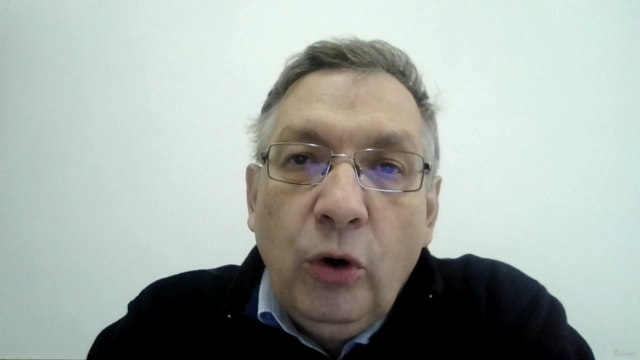Time Series Forecasting in R: A Down-to-Earth Approach
High-performance forecasting tools made easy to understand and apply
4.67 (32 reviews)

315
students
8 hours
content
Oct 2022
last update
$69.99
regular price
What you will learn
Know the time series forecasting steps
Know the essential time series components
Know the most important forecasting accuracy metrics
Use the moving averages and the simple exponential smoothing techniques
Use the advanced exponential smoothing techniques: Holt and Holt-Winters
Use extended exponential smoothing models: TBATS and STLM
Build regression models with trend only
Build regression models with trend and seasonality
Understand important concepts like autocorrelation, stationarity and integration
Use the augmented Dickey-Fuller test for stationarity
Build autoregressive integrated moving average models (ARIMA)
Build neural networks for time series forecasting
Screenshots




Related Topics
4904116
udemy ID
9/28/2022
course created date
10/28/2022
course indexed date
Bot
course submited by